Yoga Blog
Mastering Iyengar Yoga: Precision, Alignment, and the Effective Use of Props
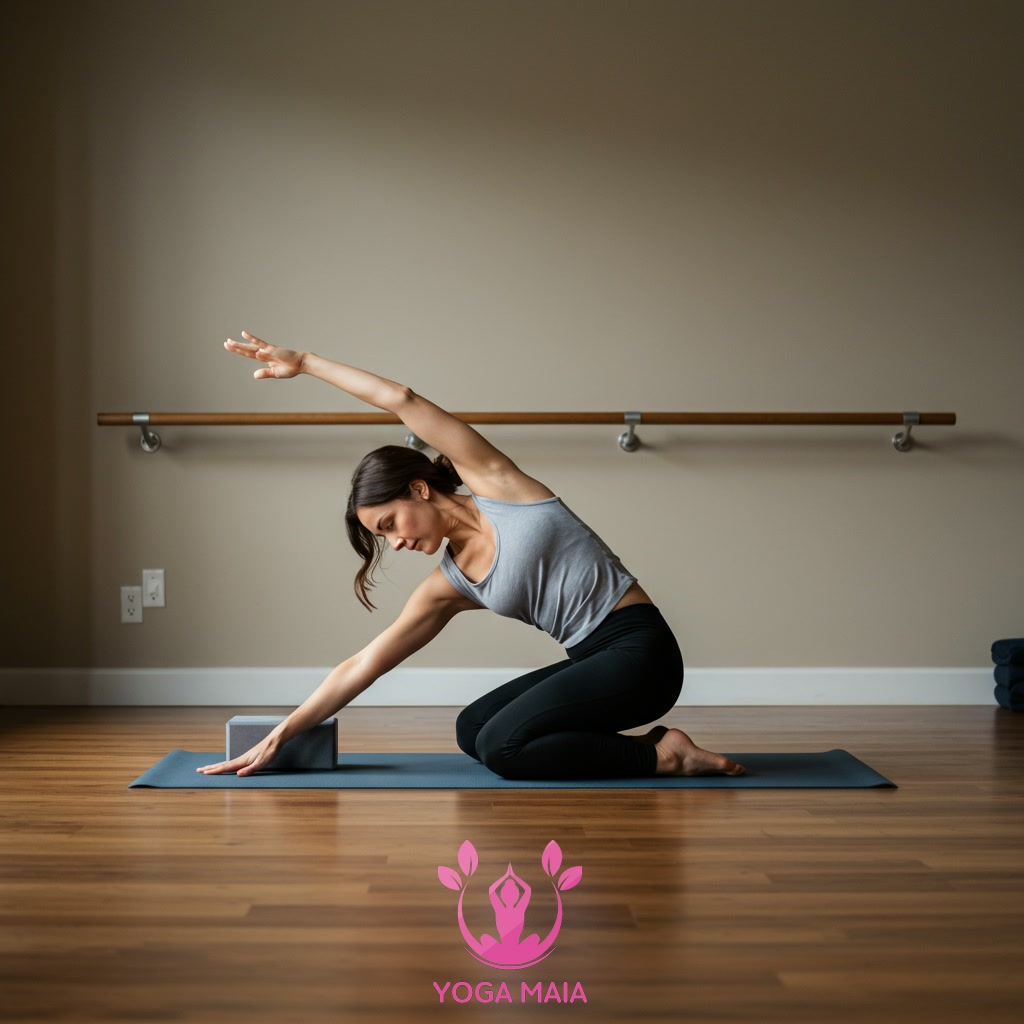
This content explores the principles of Iyengar yoga, focusing on achieving mastery through precision and correct alignment in poses. It details how to effectively utilize props to deepen practice and support the body. The aim is to guide practitioners towards a profound understanding and refined execution of this specific yoga style.
Table of Contents
- Section 1: Introduction to Iyengar Yoga: Philosophy and Core Principles
- Section 2: The Foundation of Practice: Precision and Alignment
- Section 3: Understanding and Effectively Using Yoga Props
- Section 4: Applying Precision, Alignment, and Props in Key Asanas
- Section 5: Developing a Personal Practice for Mastery
Section 1: Introduction to Iyengar Yoga: Philosophy and Core Principles
Welcome to the world of Iyengar Yoga, a distinct and meticulous approach founded by Yogacharya B.K.S. Iyengar. This style emphasizes precision and correct alignment in every posture, known as asana, and breathing technique, pranayama. Its core philosophy centers on the idea that physical refinement leads to mental clarity and spiritual growth. Key principles include achieving stability and balance through precise body positioning, building strength and flexibility safely, and using the practice therapeutically. Unlike some other styles, Iyengar Yoga places significant importance on detailed instruction and the intelligent use of props to support and deepen understanding of the poses for practitioners of all levels and physical conditions. This foundational approach aims to awaken intelligence throughout the body, creating a profound connection between mind, body, and spirit.
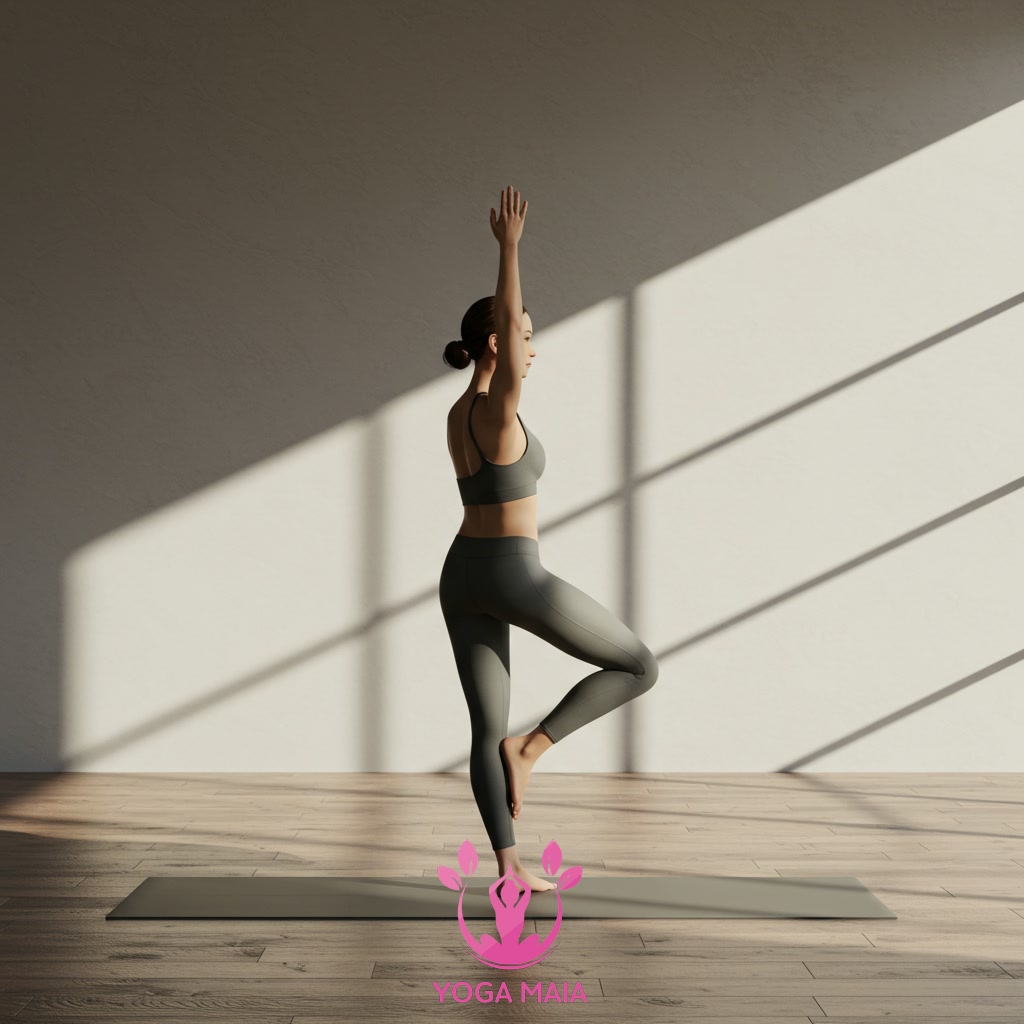 Introduction to Iyengar Yoga: Philosophy and Core Principles
Introduction to Iyengar Yoga: Philosophy and Core Principles
Section 2: The Foundation of Practice: Precision and Alignment
Building upon the introduction, the absolute cornerstone of Iyengar Yoga is the meticulous attention paid to precision and correct alignment in every asana. This focus is not merely aesthetic but serves a crucial purpose: ensuring the pose is performed safely, effectively, and to its fullest potential. Precision involves the careful observation and adjustment of minute details within the body’s position – the exact angle of a limb, the precise placement of a hand or foot, the subtle rotation of a joint. Alignment is the subsequent harmonious arrangement of these precisely positioned parts, creating structural integrity, promoting balanced energy flow, and protecting the body from strain or injury. This foundational emphasis on accuracy allows practitioners to build strength, flexibility, and stability from the ground up, creating a solid base for deeper exploration of the practice.
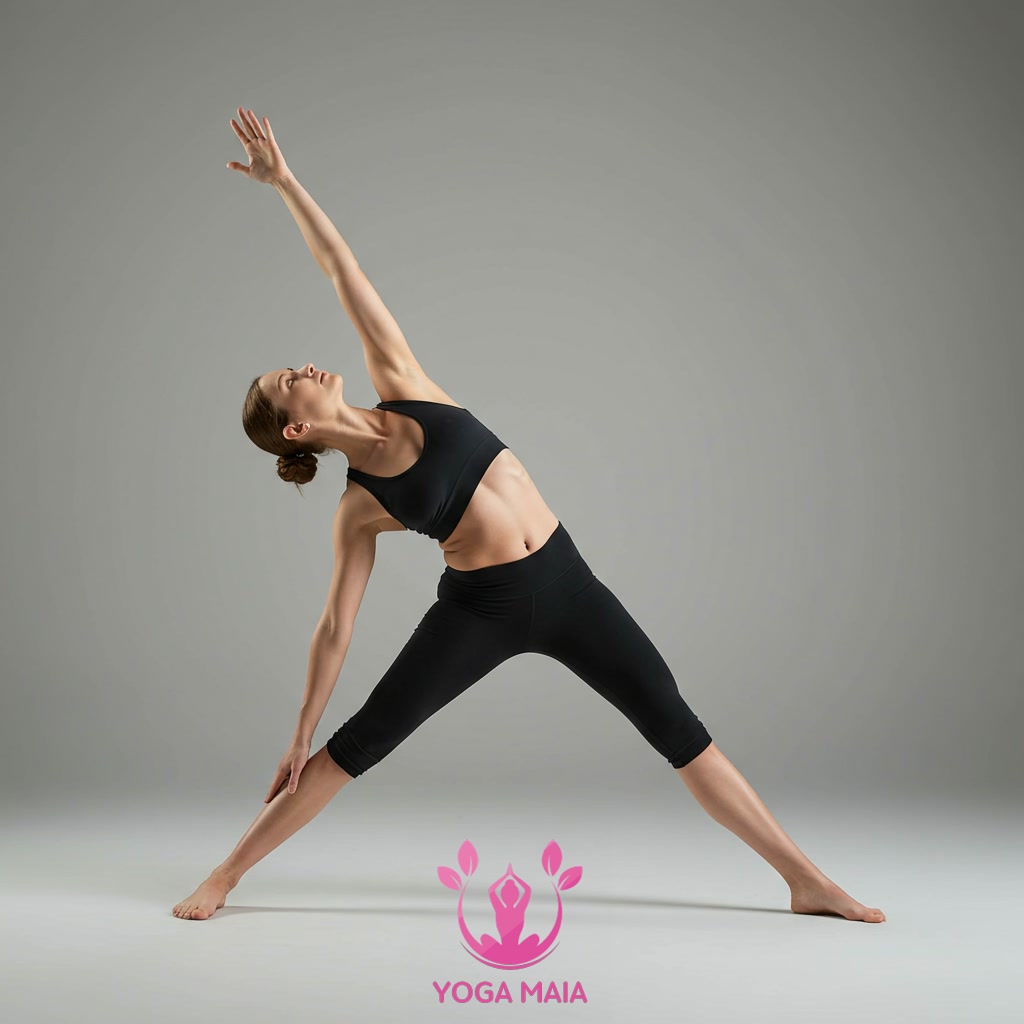 The Foundation of Practice: Precision and Alignment
The Foundation of Practice: Precision and Alignment
Section 3: Understanding and Effectively Using Yoga Props
Building upon the introduction, the absolute cornerstone of Iyengar Yoga is the meticulous attention paid to precision and correct alignment in every asana. This focus is not merely aesthetic but serves to unlock the full physiological and energetic benefits of each pose, while simultaneously preventing injury. Achieving this level of precision, especially when starting out or working with physical limitations, can be challenging. This is where the effective use of yoga props becomes indispensable. Props such as blocks, straps, blankets, bolsters, and chairs are not crutches, but rather intelligent tools designed to support the body, extend reach, facilitate understanding of direction and action within a pose, and allow practitioners to remain in the posture for longer periods, deepening the experience and refining alignment. Mastering Iyengar Yoga involves learning how to integrate these props seamlessly into your practice to achieve optimal form and benefit.
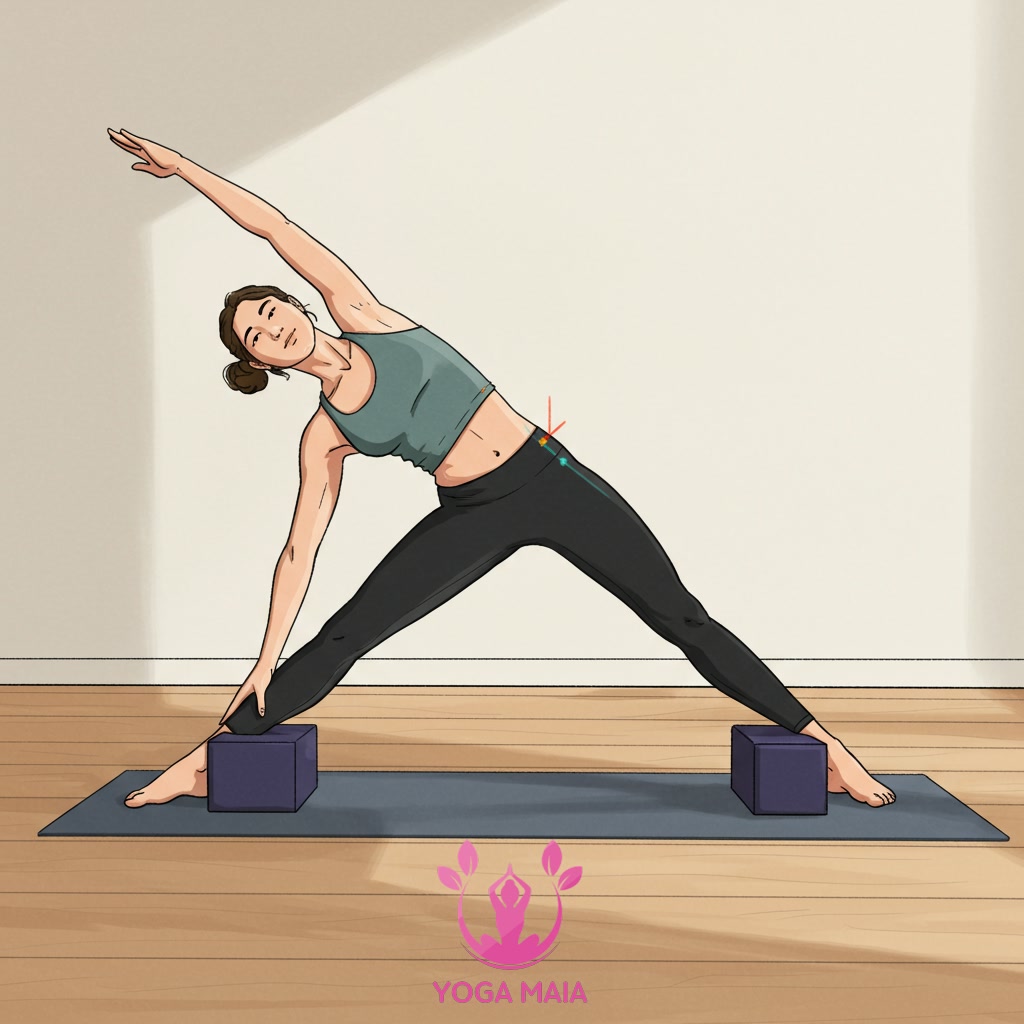 Understanding and Effectively Using Yoga Props
Understanding and Effectively Using Yoga Props
Section 4: Applying Precision, Alignment, and Props in Key Asanas
Building upon the foundational principle of precision and alignment, this section delves into their practical application within key Iyengar yoga asanas. Mastering poses like Trikonasana (Triangle Pose), Virabhadrasana II (Warrior II), or Paschimottanasana (Seated Forward Bend) requires meticulous attention to the placement of feet, limbs, and torso. Props such as blocks, straps, blankets, and bolsters become invaluable tools here. They are not crutches but aids that help practitioners achieve the correct angle, extend more fully, support the body where needed, and understand the pose’s geometry more deeply. For example, using a block under the hand in Trikonasana allows for proper lateral extension, while a strap in Paschimottanasana can facilitate length in the spine. Integrating props effectively ensures safe, accurate, and profound exploration of each asana, embodying the core principles of Iyengar yoga.
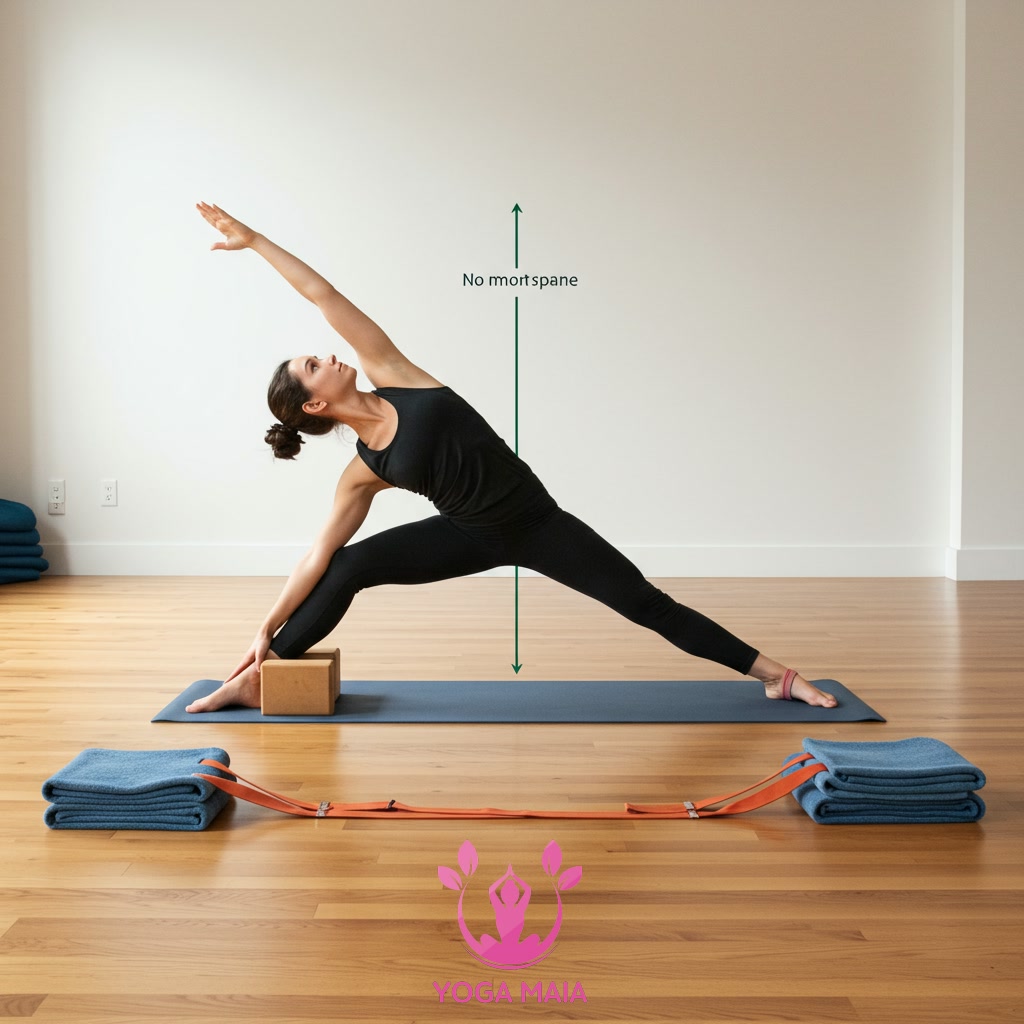 Applying Precision, Alignment, and Props in Key Asanas
Applying Precision, Alignment, and Props in Key Asanas
Section 5: Developing a Personal Practice for Mastery
Building upon the foundation of precision and alignment in specific asanas, cultivating mastery in Iyengar yoga necessitates the development of a consistent and intelligent personal practice. This involves more than just repeating poses; it requires mindful exploration of how the principles of alignment translate into your unique physical structure and limitations. Establishing a regular schedule, even for short durations, is crucial. Learn to listen to your body, modifying poses with props as needed, and gradually build stamina and flexibility. Reflect on your practice, noting areas of improvement and challenge. Over time, this dedicated personal exploration deepens understanding, refines execution, and fosters a profound connection to the practice, moving beyond mere imitation to true embodied mastery.
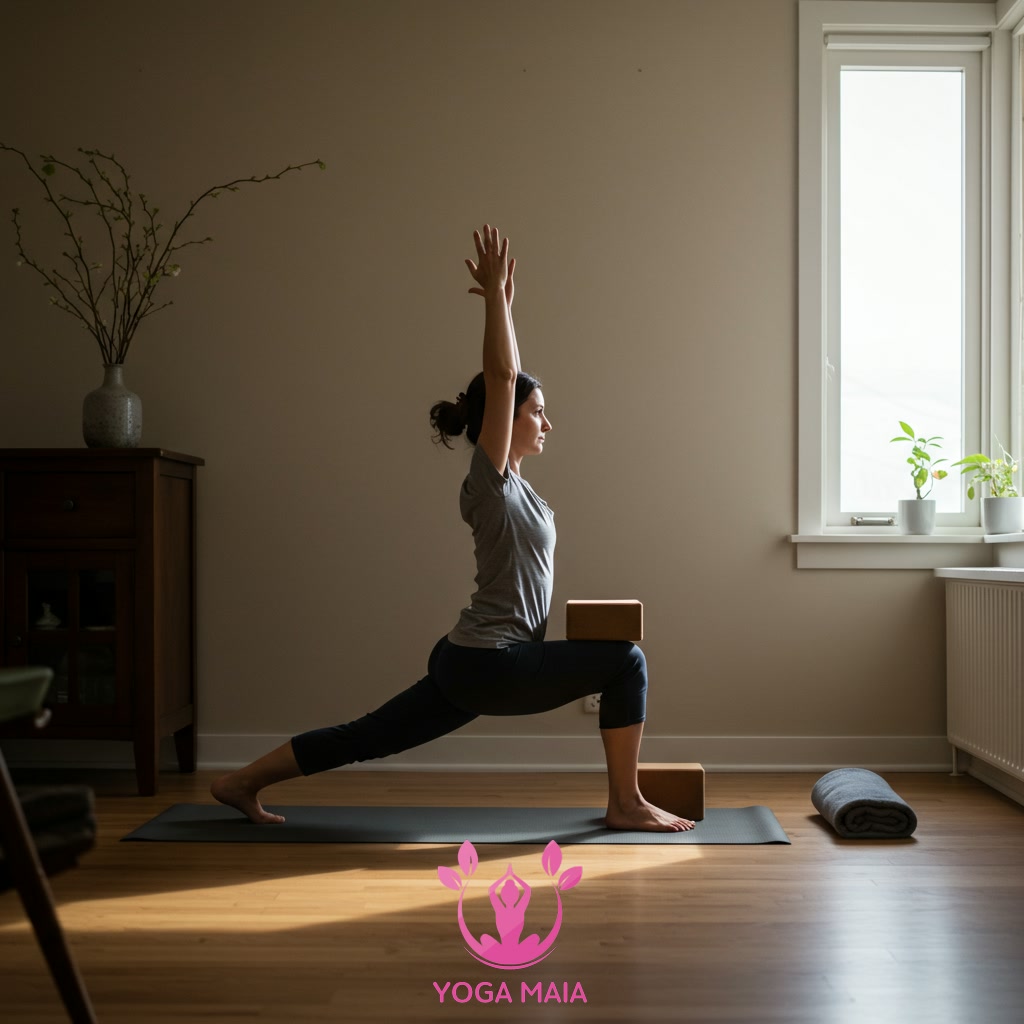 Developing a Personal Practice for Mastery
Developing a Personal Practice for Mastery












